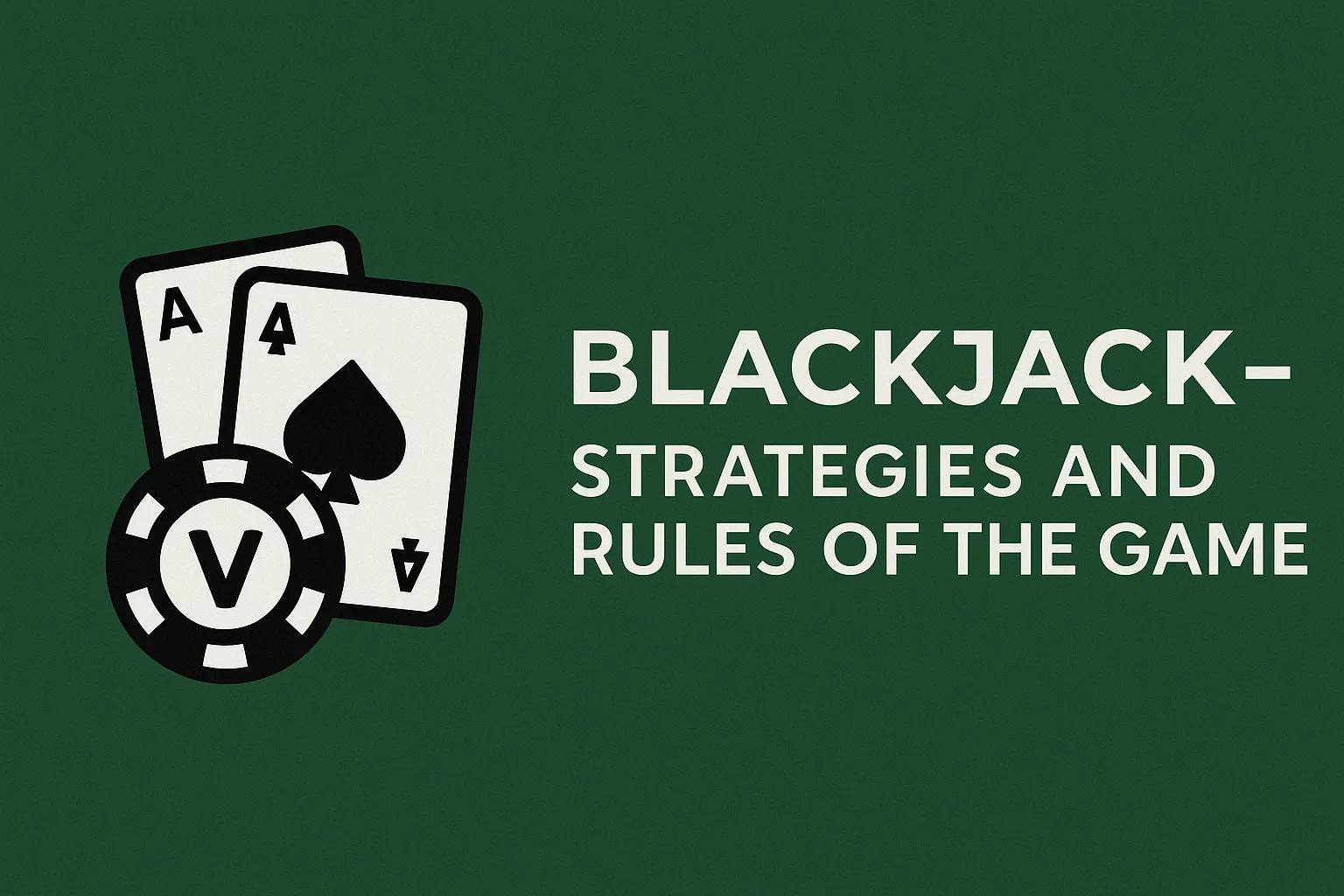
Blackjack – Strategies and Rules of the Game Sites There are specific games in gambling that have survived the test of time — and blackjack isn't one of them. It originated in France and was brought to the United States by French immigrants. "Blackjack" is a special hand that contains an Ace and a black Jack (spades or clubs) and was considered the best. Blackjack today is well known among card game players. Even though it's easy to play, beating the house is not an easy feat — players are up against the casino. Beginner or seasoned player, real money blackjack offers an exciting opportunity to challenge your skill and fortune. What blackjack is, how to play it, and what techniques will increase your odds are discussed here. Basic Rules of the GameThe winner of Blackjack is the player who has a higher total amount of points than the dealer — without going over 21. If the dealer busts, or otherwise goes over 21, the player naturally wins regardless of their total. Players do not compete against one another — but against the dealer, who represents the casino. When wagers are placed, each player gets two face-up cards and one of the dealer's cards is face-up. The players then decide whether they want additional cards based on the value of their hand. If nobody wants additional cards, the dealer draws cards until their hand reaches 17 or more. All hands are subsequently exposed and compared. Player choices are:
Card Values and WinningBlackjack scoring is straightforward:
On a tie, when several players have reached 21, the hand consisting of just two cards (an Ace and a 10-value card) is the winner. If the dealer and player are blackjack winners, the game is a tie, and the money is returned. General Blackjack StrategiesYour strategy starts with your initial two cards. Basic logic and probabilities inform most decisions. For instance, if the total of your hand is 12, it is best to stand — as a 10 (the most likely one) is what you would receive, busting your hand. With 10 points or less, it is usually best to hit. Some additional helpful observations:
Standard Blackjack TypesAs with many casino games, blackjack has a couple of variations. The most popular are:
Some casinos have certain rules, so ensure that you read the directions before playing. ConclusionWhile blackjack may not always pay sky-high jackpots, people keep returning for more. Its simple rules, depth of strategy, and multiple variants make it a thrilling and gratifying card game. Most of the licensed online casinos today provide at least one or more versions of blackjack — so it is now convenient to play this classic wherever you happen to be. |
|
|
(C) 2006 All-the-Aces.com Email - [email protected]
